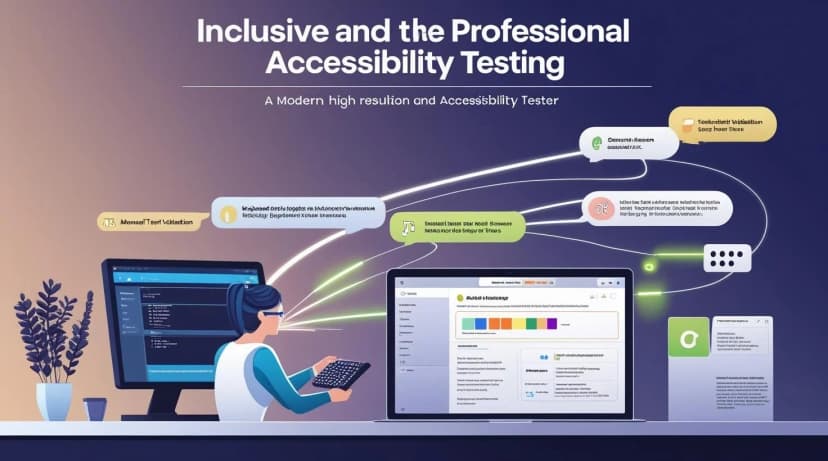
Accessibility Testing in Manual Testing: Use Cases & Techniques
Accessibility Testing in Manual Testing: How Does It Ensure Inclusive Design? Have you ever wondered what happens when a visually impaired user tries to interac...
Expert insights and techniques in manual testing, focusing on accessibility testing and inclusive design to improve software usability for all users.
Unlocking Knowledge
Loading...
Loading...
Discover expert insights and tutorials on manual testing

Accessibility Testing in Manual Testing: How Does It Ensure Inclusive Design? Have you ever wondered what happens when a visually impaired user tries to interac...
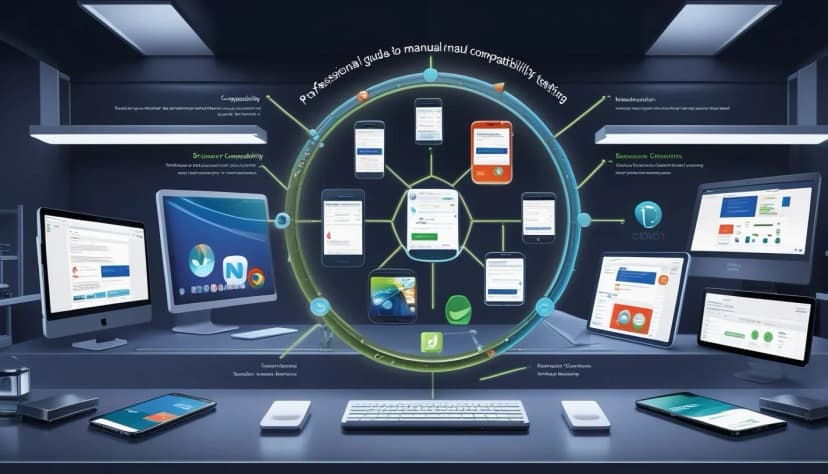
Compatibility Testing in Manual Testing: Ensuring Consistency Across Platforms Have you ever used an application that ran perfectly on your laptop but failed mi...
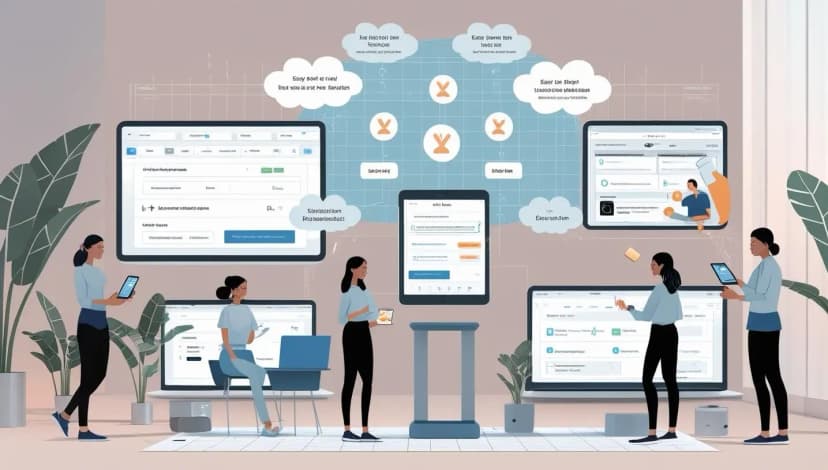
What Is User Acceptance Testing in Manual QA User acceptance testing is the phase where business stakeholders or end-users validate that the software delivers t...
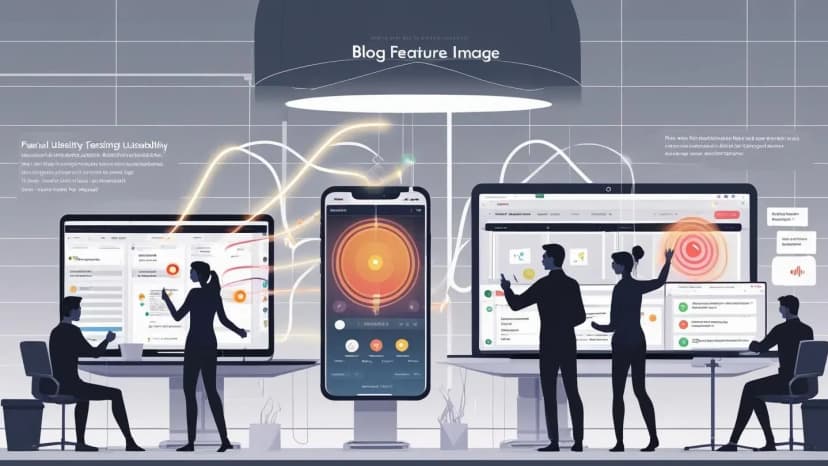
Usability Testing in Manual Testing: How Do We Identify UX Flaws with Human Validation? Have you ever used an app that technically worked but left you confused,...

Functional Testing in Manual Testing: Why Does It Matter for Business Success? Have you ever wondered why some applications pass automated checks yet fail when...

In software quality assurance, choosing between manual testing and automation testing plays a crucial role in determining the accuracy, speed, and reliability o...
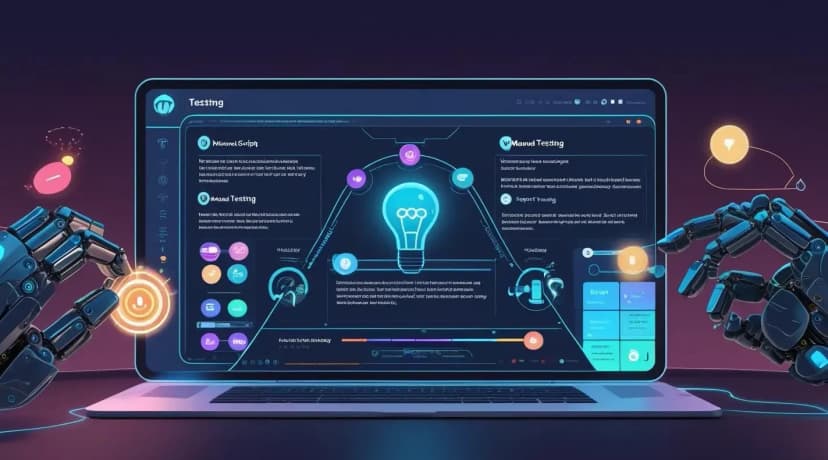
In the world of software development, automation has become the superhero. It accelerates test execution, ensures consistency, and reduces repetitive work. Yet,...
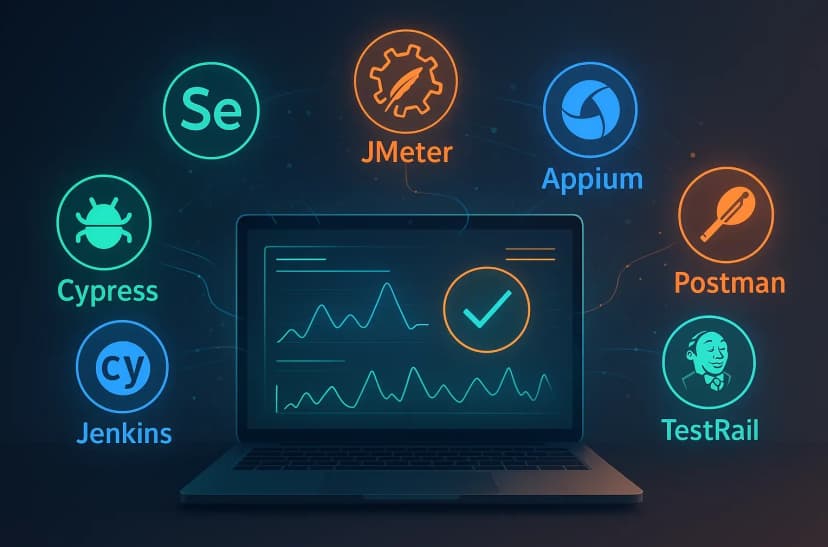
If you’re looking to enhance your software testing skills, it’s important to build the right toolkit. Whether you’re just starting or you’re a seasoned pro, kno...
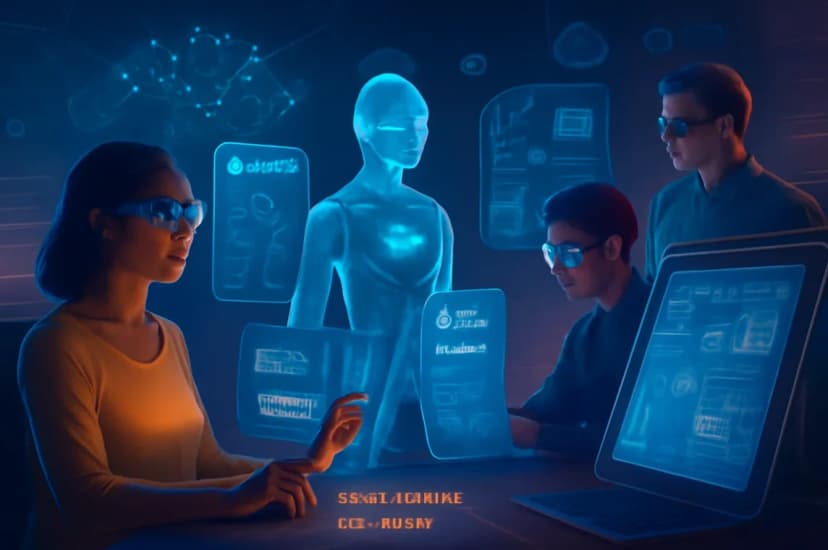
Does manual testing still matter in the era of automation? Absolutely. Manual testing remains vital for usability, exploratory testing, and edge-case scenarios...